"It was really heartening to see the camaraderie today"
- Emergency Management Officer Cliff Gibson
Sunlight glimmers on the calm waters of Lake Puketirini, a man-made lake nestled amongst farmland on the western side of Huntly.
Figures clad in hi-vis vests are dotted across the shoreline as containers full of oil spill containment equipment are carefully unloaded from trucks early on Tuesday, 14 November.
But there’s no need for locals to panic; it’s just a marine oil spill response exercise.
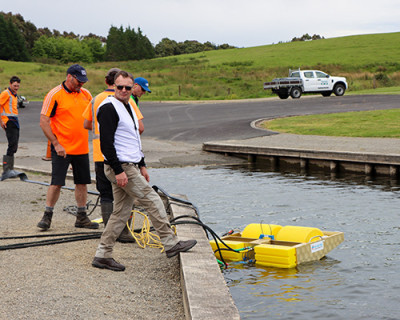
Emergency Management Officer and ROSC Cliff Gibson overseeing the deployment of a skimmer.
Training exercises—like this one—are held biannually by Waikato Regional Council in different locations around the Waikato. They enable our staff to practice the deployment of marine oil spill equipment that can minimise environmental harm.
Our coastal habitats and ecosystems are diverse and highly valued for recreational, commercial, and cultural reasons. And the Waikato region is certainly blessed with plenty of coastline. Our coastal and marine environment spans the west coast from Mōkau in the south to Port Waikato in the north, and on the east coast, the Firth of Thames and the Coromandel Peninsula. From the high tide mark out to 12 nautical miles offshore, it covers a whopping 10,000km2 in area, including about 1150km of shoreline, and a water depth ranging from 0m to over 500m.
But with this bounty of coastline comes a lot of responsibility.
"We are fortunate that in the Waikato region we have had only a few marine oil spills over the last four years, and the discharges have all been relatively minor with insignificant impact on the environment," says Emergency Management Officer Cliff Gibson, who took the role of Regional On-Scene Commander (ROSC) for the emergency exercise.
"Our council maintains oversight of marine fuel delivery operations that are near sensitive sites," he says.
Around 30 people took part in the November exercise, working together to refresh the response team’s expertise in deploying a range of equipment, including two types of booms, oil skimmers and oil holding tanks.
Council staff are drawn from a variety of areas, including specialists in marine oil spill emergency management, maritime safety, operations, health and safety, coastal and marine science and communications. Partners from Maritime NZ, local iwi, and Genesis Energy were also present.
"It was really heartening to see the camaraderie today," says Cliff.
So, what does all this equipment do? The bright orange rapid deployment booms, for example, are rolled out, and used to contain or deflect oil. Land sea booms are filled with water and air to further protect shorelines. They can protect sensitive areas and help with the recovery of spilled oil.
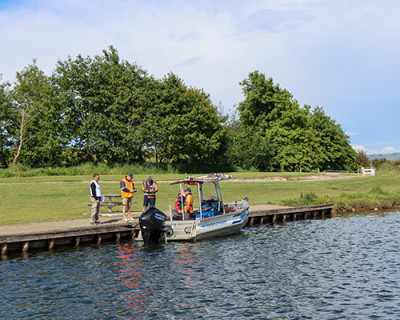
Waikato Regional Harbourmaster staff being briefed during the exercise.
The equipment is large and bulky, and requires regular, specialist training to maintain the capabilities of our staff.
Outcomes of these equipment-based deployment exercises include consolidating knowledge for our trained staff, building confidence, engagement with stakeholders (Department of Conservation and iwi), and ensuring familiarity with the requirements of the Waikato Regional Marine Oil Spill contingency plan.
"Maritime New Zealand (MNZ) requires the various regional councils to undertake these exercises and there are legislative requirements for us to maintain a high level of capability," said Senior Emergency Management Officer Derek Hartley, who took the role of Exercise Control for the training event.
Regional councils are responsible for Tier 2 oil spills which are within 12 nautical miles of the coastline and/or have the likelihood of associated costs of not more than $250,000 for the response and clean up. MNZ covers the cost of training exercises, while costs associated with marine oil spill responses will fall to the person or organisation responsible for the spill.
The impact of a marine oil spill can vary depending on factors such as location, tide and weather conditions, and the type and quantity of oil involved. The aim in any marine oil spill response is to minimise the impact on the environment, including plants and animals, and sensitive industries such as marine farming.
The lakeside scenario might look serene, but it turned out to be a tough deployment access-wise for the team.
"That’s realistic," says Derek.
"This exercise was all about going through each stage of deployment to really solidify our learnings and become comfortable with the equipment in a range of environments."
How to avoid oil spills
Our team might be well prepared, but avoiding potential marine oil spills is always our top priority.
So, what can you do to reduce the chance of an oil spill occurring?
- Don't leave the fuel pump unattended when refuelling.
- Have clean-up material handy during refuelling.
- Regularly check fuel lines and tanks for faults.
- Ensure bilges are kept as oil-free as possible, especially if using automated bilge-pumping systems.
If you have a spill, make sure you report it as soon as possible. Call Waikato Regional Council's freephone 0800 800 401.

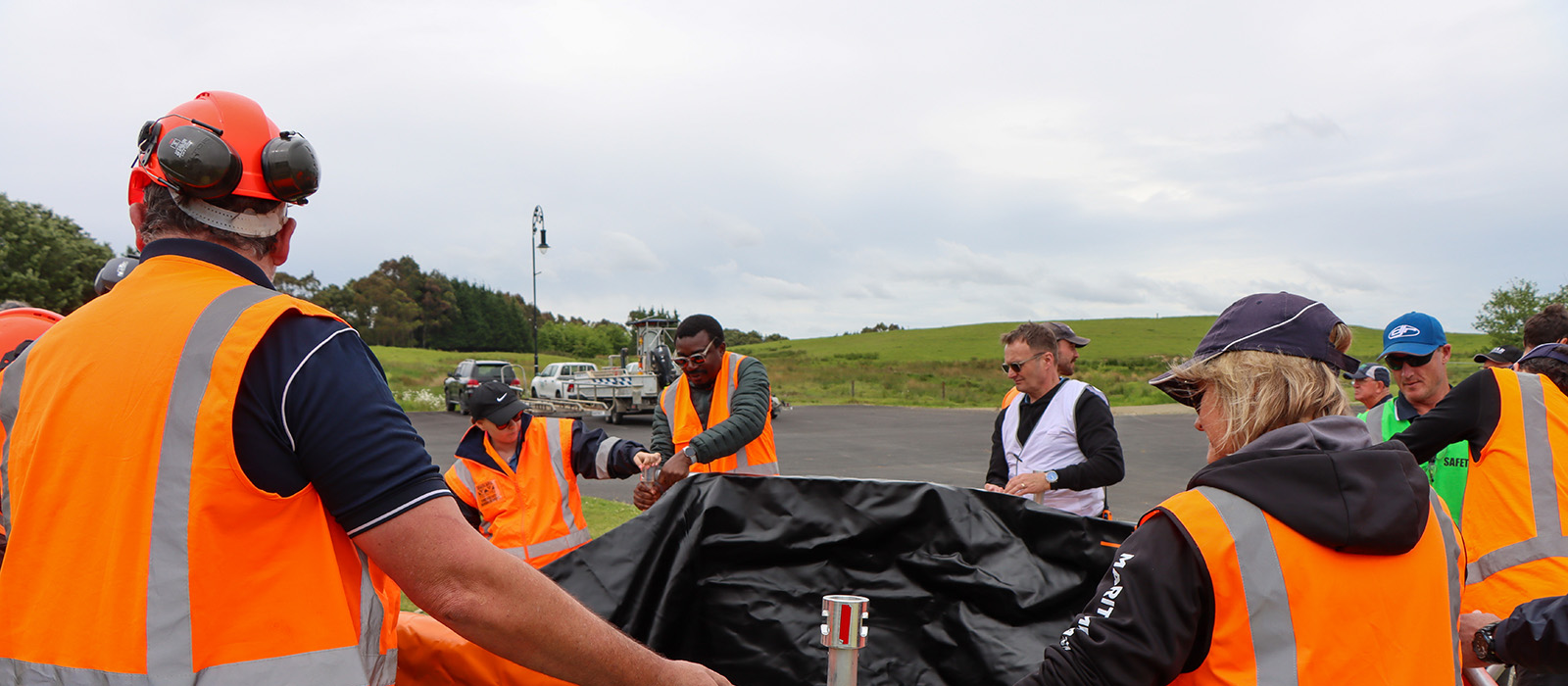
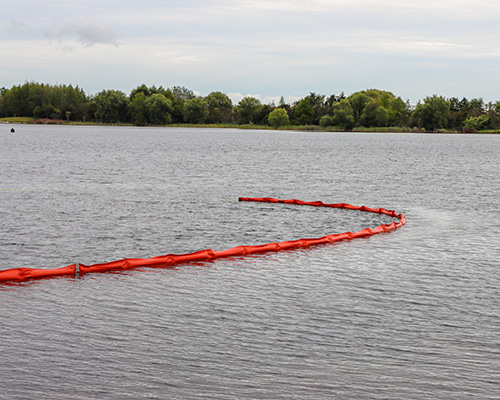
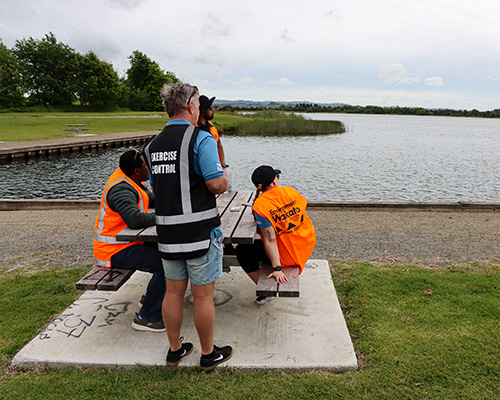
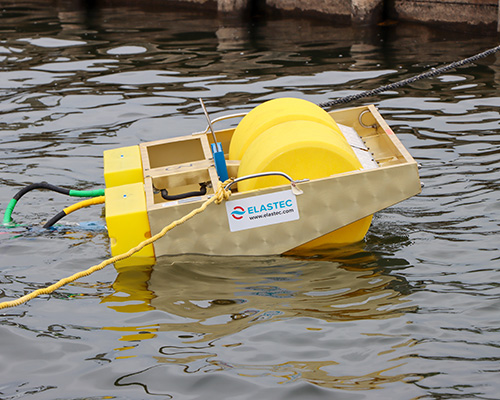
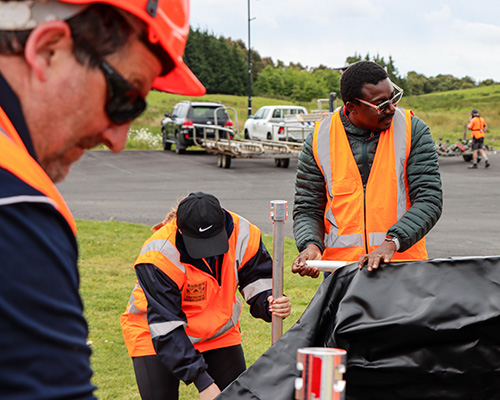

To ask for help or report a problem, contact us
Tell us how we can improve the information on this page. (optional)